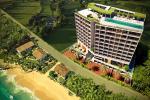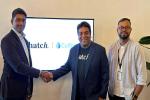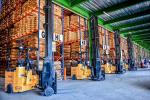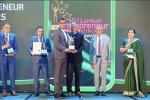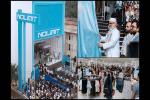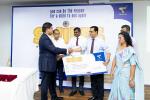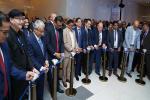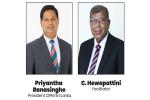All those scarce chips help vehicles like Tesla’s drive themselves, but only in certain conditions and with a ton of sensor hardware.
Now, Tesla is talking about what it sees as the next leap in autonomous driving that could do away with lidar and radar, leaving self-driving cars to get around with regular optical cameras only.
Tesla has been all-in with self-driving tech since 2015.
Its vehicles have come with an array of sensors, including high-resolution cameras to power Autopilot.
According to Musk, “Vision has much more precision, so better to double down on vision than do sensor fusion.”
In fact, the company has started shipping the budget-conscious Model 3 and Model Y without radar.
Getting rid of lidar is going to be tricky, but Tesla thinks it can get there with a new AI project called Dojo.
The company just unveiled a supercomputer to serve as the development prototype for Dojo.
The AI will learn to crunch vast amounts of camera data to build a map of the world without the aid of lidar, which is very good at mapping out distances.
Google’s Waymo spinoff also uses lidar sensors to keep its cars on the road.
So, why bother getting rid of lidar? For one, it lowers the cost of building autonomous vehicles.
Many cars, even those that cost much less than a Tesla, have a few cameras these days.
So, why not use them for navigation? The other issue is that lidar is slow even with pre-existing HD maps to lean on.
Simply filling in distance data in real-time with lidar is a bottleneck in making self-driving tech more effective.
Cameras could do it faster, but not quite yet.
The Dojo supercomputer has a lot more processing power than even a fleet of Teslas.
According to Tesla’s Andrej Karpathy, the system has 5,760 GPUs with 1.8 exaflops of processing power and 10 petabytes of NVMe storage with a maximum throughput of 1.6 terabytes per second.
The team will train Dojo with mountains of camera footage to teach it how to understand and map the world around a car.
If Tesla’s plan works, Dojo should be able to run on a car’s computer and interpret camera data locally.
Tesla will need to do a lot of testing to ensure the system is safe before it can drop the lidar tech, but this could give it yet another big advantage over traditional automakers, many of which are lagging far behind on autonomous technology.




